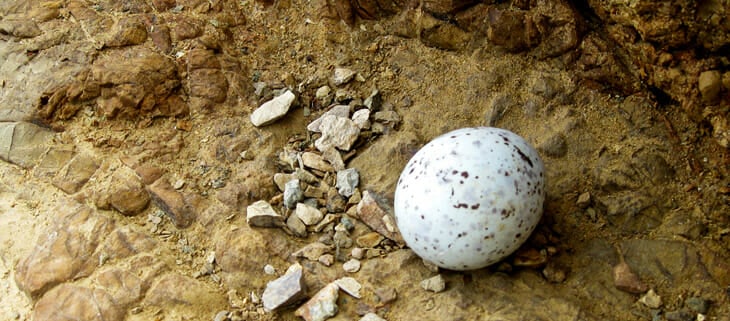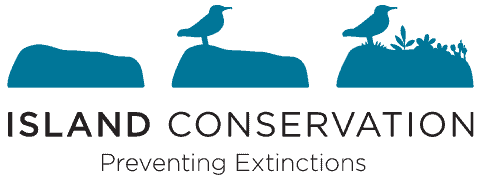One year after Desecheo Island, Puerto Rico was declared free of invasive species, Island Conservation and partners are beginning to see signs of recovery, including Audubon’s Shearwaters sighted on the island for the first time and new Bridled Tern nests discovered.
Historians say that you could hardly see the sky for the birds. This was once upon a time on Desecheo Island, a National Wildlife Refuge managed by the U.S. Fish and Wildlife Service (FWS) off the shores of Puerto Rico. The island was previously a major nesting area for thousands of seabirds and was so teeming with life that a perpetual “black cloud” of birds hovered overhead the mountainous terrain.
So, what caused that clamorous, lively island atmosphere to fade into calm and quiet? The island was exposed to non-native, damaging (invasive) species in the early 1900s. Feral goats, feral cats, and rats were brought in or floated in on ships and boats and began to alter Desecheo’s ecosystem. Rhesus macaques were brought to the island in the 1970s.
Invasive species alone are enough to drive species to extinction and trigger ecosystem collapse. Combined with poaching and egg harvesting by people, as well as military activity, the pressure […]
Full article: Seabirds Return to Desecheo Island One Year After Restoration
More about the results of restoration efforts:
Oyster Reefs of the Past Hold Lessons for Future Coastal Restoration
EPA awards tribes $2+ million for water quality protection & restoration
Rewilding Santa Monica’s Thoroughly Artificial Beach
River Revives After Largest Dam Removal in USA History


